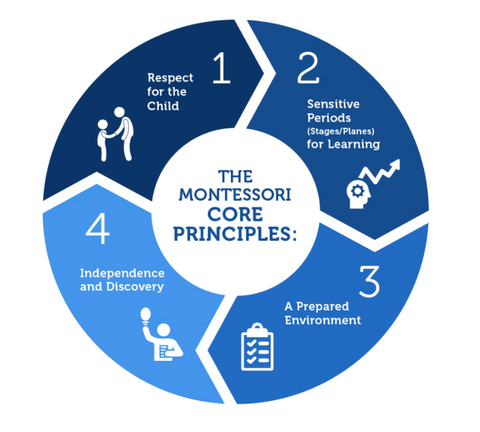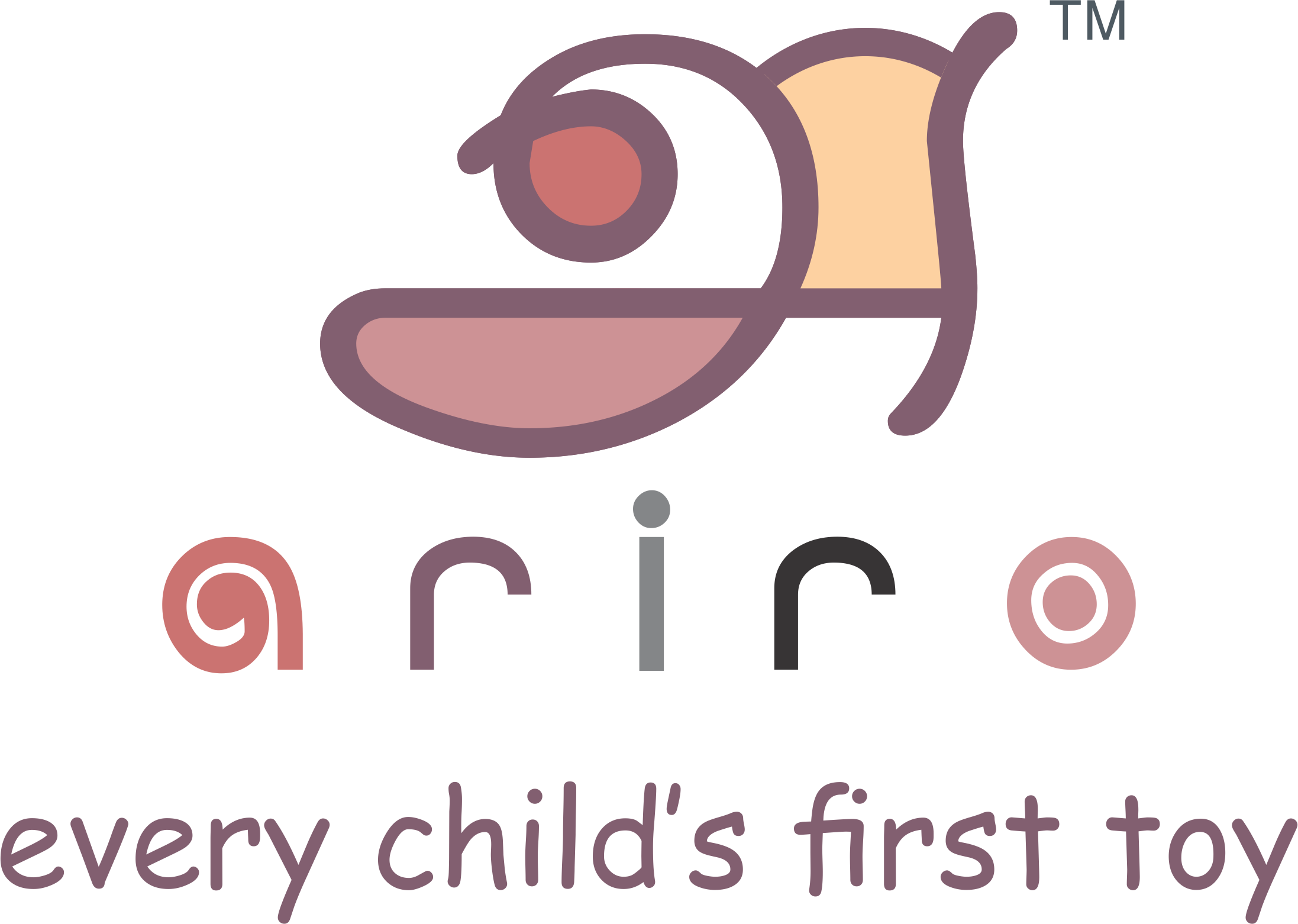What is the Montessori Method?

The Montessori method is a system of education named after its founder Dr Maria Montessori. The central idea of the Montessori method revolves around understanding child development , observing their needs and meeting these needs by preparing a developmentally appropriate environment (physical and human).Dr Montessori believed that children are born with immense potential to learn and develop and as adults, it is our duty to understand this developmental journey that children are going through and aid it just the right amount – without interfering too much or too little.
Who was Dr. Maria Montessori?

Dr. Maria Montessori(1870-1952) was a doctor, scientist, an anthropologist and educationist who developed the scientific pedagogy through her observation, research and work with children all over the world. While working with children, she discovered that if they were supported with activities and materials that met their developmental needs, they would learn by themselves and didn’t need to be rewarded, punished or forced to learn . She experimented and perfected the materials and method over 50 years of work and travel across the world. Although most people associate the Montessori Method with the early years, she wrote about the human being from birth to infancy, childhood, adolescence and adulthood.
When was this system developed? Is it still relevant?
Montessori’s system of education emphasises on the child’s physical and intellectual independence, holistic development, freedom of movement, self-discipline and overall well balanced growth – these concepts are universal and timeless. Montessori’s teaching were based on her research and observation but they are rooted in neuroscience and child psychology (in that way, Dr Montessori was years ahead of her time). Her work is as relevant today as it was back then and as it will be in the future.
How is the Montessori system different from the traditional system of education?

- In the traditional system of education, the adults decide what children must learn, how they must learn it and how fast they should learn it. Whereas the Montessori system is based on the child’s needs and interests where children can choose from materials that are appropriate for their stage of development, the adults show them how to work using these materials and children can work with the material for as long as they want to.
- The traditional educational system is designed to provide children with academic knowledge that will is aimed at getting them into school, college and get a job whereas the Montessori system is meant as an aid to life so children learn the skills needed to adapt to any situation, time and place as well as to be happy, fulfilled and contributing citizens of the world.
- While the traditional system believes in rewarding good behaviour and punishing bad behaviour, the Montessori system believes neither in rewards nor punishments. The Montessori system is based on the idea that when given the freedom but within appropriate limits, children are intrinsic learners and derive joy out of learning on their own and at their own pace. Offering freedom within limits also leads to the development of self-discipline.
Core Montessori Ideas (0 – 6 years)

Absorbent Mind
From birth and till the age of around 6 years, a child’s mind is like a sponge that absorbs everything in the environment around them in an effortless manner. So if the environment around them has positive examples then they absorb that but if there are negative influences then those are also absorbed without discrimination. Understanding this, adults must provide children with an environment that is rich in experiences and role model appropriate behaviour.
Sensitive Periods
Children between 0 to 6 years also go through Sensitive Periods – for movement, language, order, sensorial development etc. A sensitive period is a special time during which the child is especially interested in and will focus all their energy in developing skills related to that period. For example, when children go through the sensitive period for language, they are very interested in knowing the names of everything in their environment and when they are going through the sensitive period for movement, they are especially interested in understanding all the ways in which their bodies can move and repeating those movements many times.
Movement
It is only through movement that children understand the world that they are born into. Right from birth, children are constantly making an effort to try and move different parts of their body. Through movement and the use of his senses, the child explores his environment – seeing, hearing, tasting, feeling and smelling everything that it has to offer. Dr. Montessori believed that it is only through movement that intellectual development can take place. In order to help the child, the adult must ensure that the environment allows the child freedom to move and explore, that things meant for the child are within their reach and give children plenty of time to move at their own pace and rhythm.
Independence
Independence is the ability to think and act by ourselves. Montessori practice supports the child’s developing independence by initially collaborating with the child till they gradually reach a place of being able to do things for themselves independently. When children begin to take care of themselves and their surroundings independently, it increased their self-esteem and confidence. To aid the child’s independence, we must ensure that the things they need are accessible to them, show them how to perform activities of everyday living and not offer unnecessary help. We must give children the space and time to figure things out along their journey to independence.
Communication
Communication and belonging to social group are basic human needs. Right from the moment of birth, children are communicating with us by using sounds, gestures, facial expressions and body language. They are also taking in the languages in their environment and are always observing how we communicate with them and others. Adults can support the child’s need for communication by listening to them, talking to them in rich and descriptive language, getting to their level and making eye contact and having conversations with them – always leaving spaces for their response.








